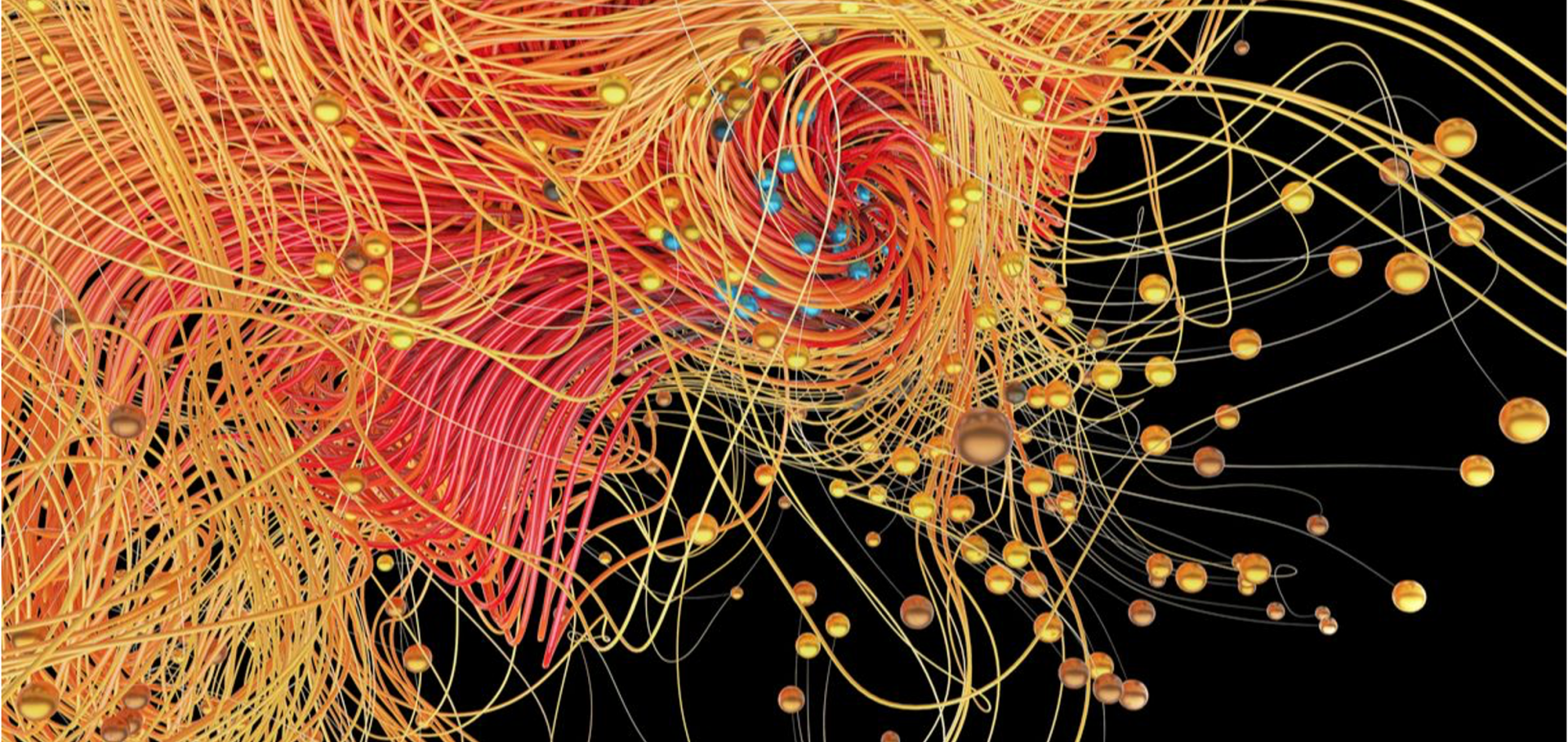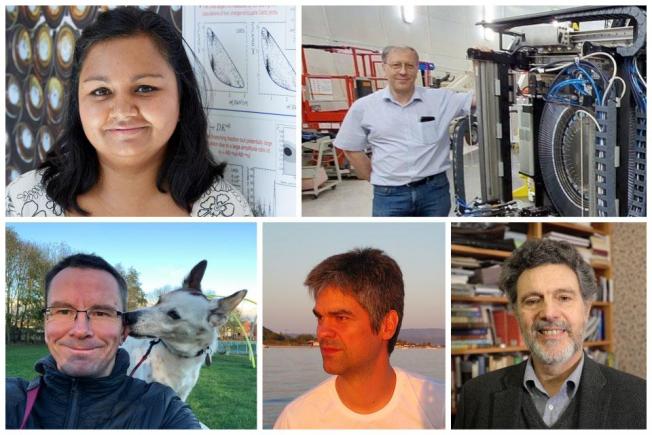Cage occupancy and compressibility of deuterated N2 -clathrate hydrate by neutron diffraction
Journal of Inclusion Phenomena and Molecular Recognition in Chemistry 29:1 (1997) 65-77
Abstract:
This paper reports pressure dependent high resolution neutron diffraction work on N2-clathrates, which for the first time provides numbers on the compressibility as well as the location and degree of filling of the guest molecules in the small and large cages. N2-clathrates crystallize, at least at lower pressures and temperatures near 0 °C, in the Stackelberg type II structure. However, during the diffraction experiments we have observed the transient and partial formation of the von Stackelberg type I N2-clathrate at pressures exceeding several hundred bar. The filling of the small cages in the type II clathrate roughly follows a Langmuir isotherm. In contrast to most previous assumptions there is strong evidence that the large cages are doubly occupied in both type I and type II N2-clathrates. The observed filling can be fitted reasonably well by a two-constant Langmuir model.Charge, orbital, and magnetic ordering ins
Physical Review B - Condensed Matter and Materials Physics 55:5 (1997) 3015-3023
Abstract:
The unusual magnetic properties of (Formula presented) were found to be associated with structural and magnetic ordering phenomena, resulting from the close interplay between charge, orbital, and magnetic ordering. Analysis of synchrotron x-ray and neutron powder diffraction data indicates that the anomalous and hysteretic behavior of the lattice parameters occurring between (Formula presented) ∼225 K and (Formula presented) ∼155 K is due to the development of a Jahn-Teller (J-T) distortion of the (Formula presented) octahedra, the (Formula presented) orbitals being oriented perpendicular to the orthorhombic b axis. We observed an unusual broadening of the x-ray Bragg reflections throughout this temperature region, suggesting that this process occurs in stages. Below (Formula presented), the development of well-defined satellite peaks in the x-ray patterns, associated with a transverse modulation with q=[1/2-ɛ,0,0], indicates that quasicommensurate (ɛ∼0) orbital ordering occurs within the a-c plane as well. The basic structural features of the charge-ordered low-temperature phase were determined from these satellite peaks. The low-temperature magnetic structure is characterized by systematic broadening of the magnetic peaks associated with the "(Formula presented) " magnetic sublattice. This phenomenon can be explained by the presence of magnetic domain boundaries, which break the coherence of the spin ordering on the (Formula presented) sites while preserving the coherence of the spin ordering on the (Formula presented) sublattice as well as the identity of the two sublattices. The striking resemblance between these structures and the structural "charge ordering" and "discommensuration" domain boundaries, which were recently observed by electron diffraction and real-space imaging, strongly suggests that these two types of structures are the same and implies that, in this system, commensurate long-range charge ordering coexists with quasicommensurate orbital ordering. © 1997 The American Physical Society.Competition between charge ordering and ferromagnetism in manganese perovskites
Physica B: Condensed Matter 241-243 (1997) 295-302
Abstract:
Manganese perovskites have recently been the subject of renewed attention, due to the "colossal" magnetoresistance (CMR) and the coupled metal-insulator and magnetic transitions displayed at the spin-ordering temperature TC by some of these compounds. The charge localization mechanism above TC appears at present to be the single most important issue in manganite research. Neutron and synchrotron X-ray diffraction studies have revealed, for appropriate doping ranges, a strong competition between the metallic state, which is ferromagnetic and shows small lattice distortions, and a charge-localized/ordered state that becomes antiferromagnetic at low temperatures and shows large lattice distortions of the Jahn-Teller type. In the case of La0.5Ca0.5MnO3 and Pr0.7Ca0.3MnO3, these two states can coexist giving rise to transient inhomogeneities. The possibility that a similar situation may be reproduced in the paramagnetic phase will be discussed, in the light of recent neutron-diffuse-scattering data suggestive of extended ferromagnetic fluctuations above TC. © 1998 Elsevier Science B.V. All rights reserved.From manganites to cuprates: A comparative study of the local lattice instability
Zeitschrift fur Physik B-Condensed Matter 104:4 (1997) 699-702
Abstract:
Recent studies have shown that structural instabilities play a vital role in segregation of charge carriers in the perovskites. We have used extended x- ray absorption fine structure (EXAFS) to investigate the instability of the CuO6 octahedra of the Lai.85Sr0.i5CuO4 (LSCO) system showing high Tc superconductivity and the MnO6 octhahedra of the Lao.7sCao.25MnO3 (LCMO) system showing GMR (giant-magneto resistance) properties. Temperature dependent Cu K-edge EXAFS spectra on the LSCO and Mn Kedge on the LCMO systems are reported. The results show a similarity in the lattice instability of the two systems providing evidence for a similar phase segregation of localized and itinerant charge carriers in the two families of perovskite systems. © Springer-Verlag 1997.High pressure synthesis and structure of the superconducting mercury cuprates (Hg1-x Mx )Ba2 Can-1 Cu n O2+2n+∂ with M= C, S
Physica C: Superconductivity and its Applications 282-287:PART 1 (1997) 65-68



